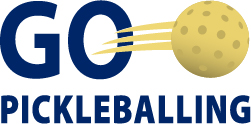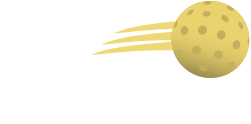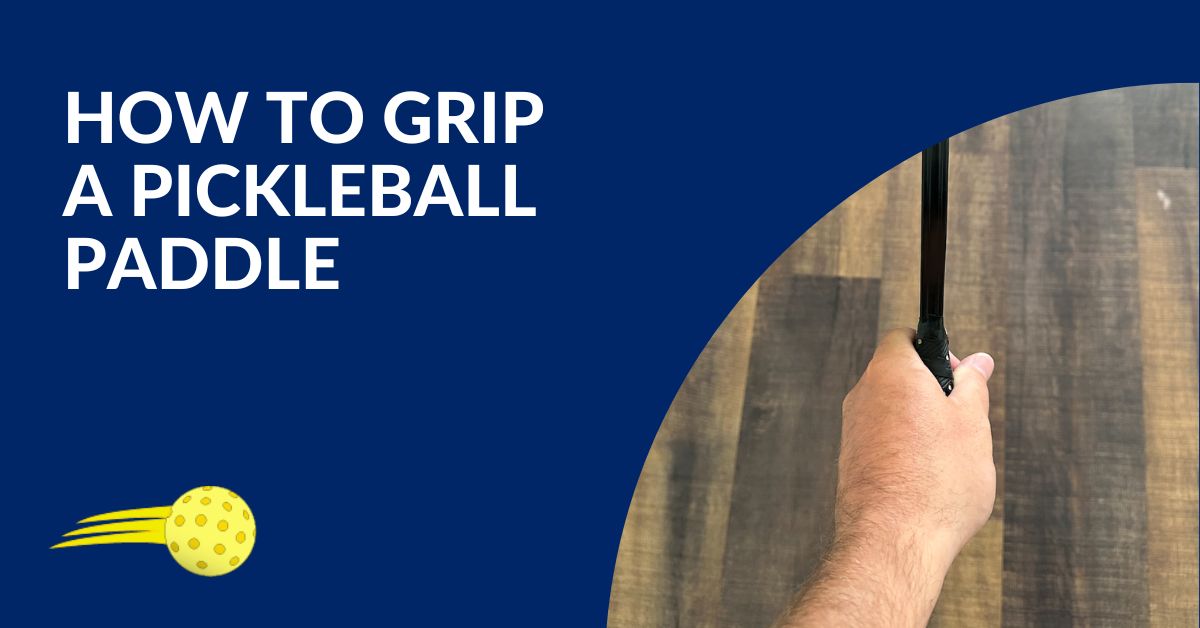Welcome to our comprehensive guide on how to grip a pickleball paddle. As a beginner pickleball player, understanding the proper grip technique is essential for improving your game and maximizing control over your shots. In this article, we will explore the various aspects of gripping a pickleball paddle, including different grip styles, and hand placement, and provide step-by-step instructions for beginners. If you’re interested in finding high-quality pickleball gear, check out our selection.
Shop Pickleball GearTable of Contents:
- Understanding the Importance of Proper Grip
- Choosing the Right Pickleball Paddle Grip Style
- Correct Hand Placement for a Solid Grip
- Steps to Grip a Pickleball Paddle
- Maintaining a Consistent Grip Pressure
- Tips for Improving Your Grip Technique
Understanding the Importance of Proper Grip
A proper grip on your pickleball paddle is crucial as it directly affects your control, power, and accuracy in playing shots. Having the right grip enables you to maintain a firm hold on the paddle while still allowing for flexibility and maneuverability during gameplay.
Steps to Grip a Pickleball Paddle:
To ensure you have a proper grip on your pickleball paddle, follow these instructions:
- Start with a neutral position: Hold the paddle in front of you with the face parallel to the ground.
- Place your non-dominant hand on the paddle face: Use your non-dominant hand to stabilize the paddle, ensuring it rests against the paddle face.
- Position your dominant hand: With a relaxed grip, place your dominant hand on the handle, aligning your fingers comfortably around the grip.
- Align your knuckles: Position your knuckles in alignment with the grip style you’ve chosen (Eastern, Western, or Continental).
- Maintain a firm but relaxed grip: Squeeze the paddle handle firmly enough to maintain control, but avoid excessive tension that can hinder your stroke fluidity.
- Test your grip: Practice a few swings to ensure your grip feels comfortable, balanced, and allows for proper paddle control.
By following these step-by-step instructions, you’ll establish a solid and comfortable grip on your pickleball paddle, providing a foundation for consistent and effective shot-making.
Remember, grip preference can vary among players, so don’t hesitate to experiment and make minor adjustments to find the grip style and hand placement that suits you best. Practice and repetition will help you develop muscle memory and improve your overall grip technique.
Learn Grip Pickleball Strategies for Beginners
Choosing the Right Pickleball Paddle Grip Style
In pickleball, different players may have varying preferences when it comes to grip style. Let’s delve deeper into the three main grip styles commonly used:
- Eastern Grip / Hand Shake Grip: The Eastern grip involves placing your base knuckle of the index finger on the third level of the paddle handle. This grip offers a balanced and versatile approach, allowing players to generate power and control with relative ease. It is a popular choice for players who prefer an all-around style of play. Best for forehand, but still works great for backhand hits.
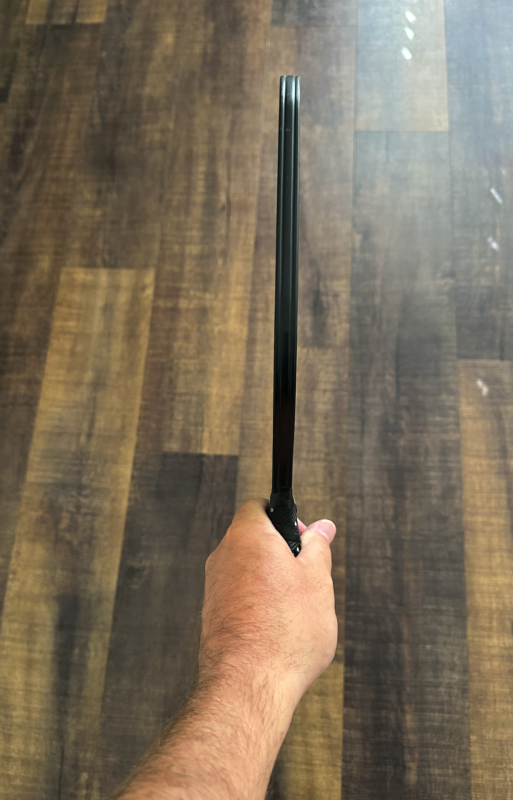
- Western Grip / Fly Swatter Grip: The Western grip entails positioning your base knuckle of the index finger on the second bevel of the handle, closer to the backhand side. This grip provides added topspin and allows for more wrist action during shots. It is often favored by players who rely on spin and aggressive shots. The Western is great for forehand hits.
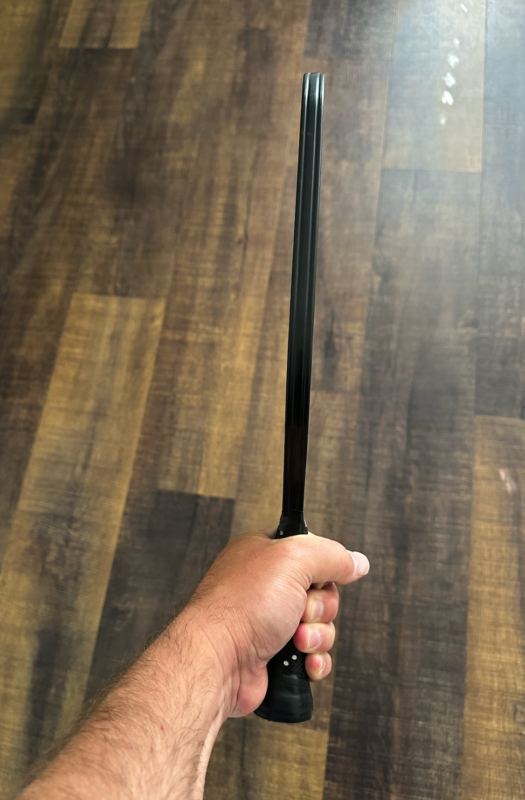
- Continental Grip / Hammer Grip: The Continental grip involves aligning the base knuckle of the index finger on the first bevel of the handle, perpendicular to the paddle face. This grip is primarily used for specific shots such as serves, volleys, and overheads. It offers increased maneuverability and control over the paddle face. The Continental grip is great for both forehand and backhand hits.
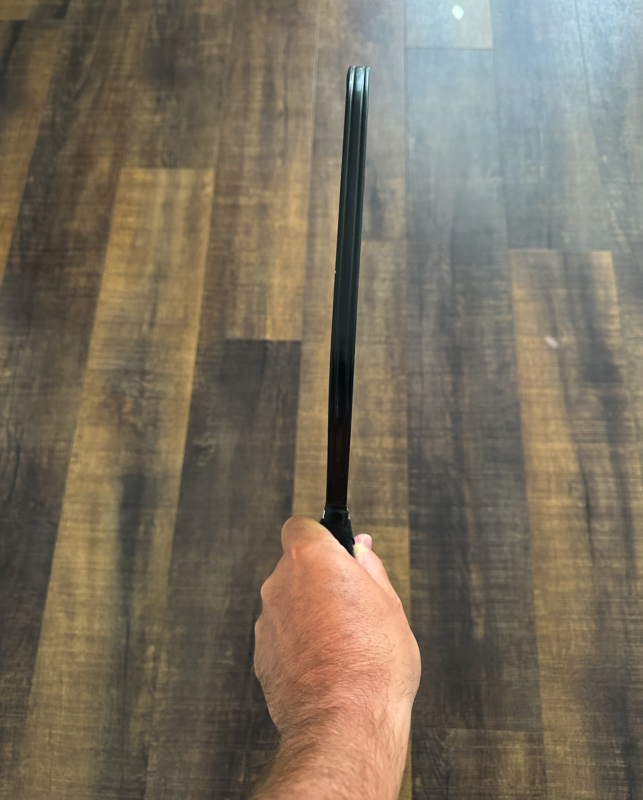
By understanding the characteristics and advantages of each grip style, you can assess your playing style, comfort, and the type of shots you prefer to play. Experimenting with different grips during practice sessions can help you determine which grip style best suits your game.
Correct Hand Placement for a Solid Grip
Achieving a solid grip on your pickleball paddle starts with proper hand placement. Here’s a breakdown of the correct positioning for optimal control:
- Place your dominant hand on the paddle handle with a relaxed grip.
- Position your fingers comfortably around the handle, ensuring they are in contact with the paddle.
- Maintain a slight bend in your elbow to facilitate wrist action and flexibility during shots.
- The grip should be firm enough to maintain control but not so tight that it restricts movement or causes tension.
- Keep your thumb relaxed and resting on the paddle handle, providing additional support and stability.
By following these guidelines for hand placement, you can establish a secure and balanced grip that allows for efficient paddle maneuvering and shot execution.
Tips for Improving Your Grip Technique
To enhance your grip technique, we’ll share additional tips and tricks. These include practicing your grip outside of gameplay, experimenting with different grip styles, and seeking feedback from experienced players or coaches.
Consistency in grip pressure is key to maintaining control and precision in your shots. We’ll provide tips on finding the right balance of grip strength and avoiding excessive tension, which can negatively impact your performance.
Mastering the proper grip technique for your pickleball paddle is crucial for beginner players. By understanding different grip styles, hand placement, and following the step-by-step instructions, you’ll be well on your way to improving your control and accuracy on the court. Remember, a quality pickleball grip is essential for optimal performance. Explore our selection of high-quality pickleball gear at GoPickleballing.com to enhance your playing experience.
Shop Pickleabll Paddles
